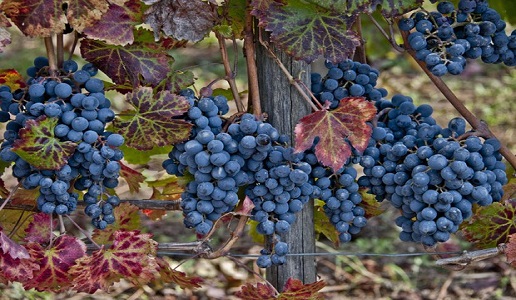The truth about indigenous grapes

Are we really sure that the grapes we call autochthonous originate from the region to which we attribute them? Scientific studies reveal interesting things.
In Italian, the term used to define indigenous or native grapes is “autoctono” (autochthon) which derives from a combination of the Greek works autòs and khethòn that together mean “originating from that place”. In regard to wine grapes, this means the grape “originated” from or is indigenous to where it is cultivated and was thus not “imported”. This is a very precise and clear definition but when it comes to grape varieties it is almost always wrong.
This because there are very few varietals that are truly indigenous with the majority being “alloctono” (allochthan), originating from another place, even if they can be defined as “traditional” having been cultivated in a certain area for a long time. This is why I, personally, prefer to use the latter term to define this situation. The difference between the two terms came back to me during a recent conversation with Attilio Scienza, who was a professor of winegrowing at many universities and is considered to be one of the world’s experts on the subject. Thanks to him I learned that Sangiovese in all probability originated in Calabria, and not Tuscany or Romagna, as did Nerello Mascalese and Frappato, also known as Gaglioppo. Friulano, on the other hand, is a Sauvignonasse or Sauvignon Vert, a varietal that originated in Bordeaux where it has completely disappeared to find a new home in the Friuli hills. Cannonau and Grenache, he told me, are such close relatives that arguments continue over which was the original varietal.
All the various Malvasia grapes are of Greek origin, from the Peloponnesian Peninsula or Crete. Garganega and Grecanico are almost the same thing, Turbiana and Verdicchio are basically identical, Primitivo is anything but indigenous and Montepulciano derives from the ancient Cardisco varietal. Lagrein and Teroldego are also almost identical but have eastern origins, Gewurztraminer is a Savagnin from the Jura region of France and not Termeno and so on. Thus there are very few authentic indigenous grapes although many people continue to use and abuse the term “autoctono”. Thus in the interest of clarity and true information, it would be best if we all tried to set the record straight and use the proper terms in regard to origin and significance.
Professor Scienza will soon be coming out with a publication that will tell the history of Italy’s leading varietals, which are traditional even if not “autoctono”, and I will be among the first to buy it and I’m sure it will be illuminating even for me.

 Italiano
Italiano








